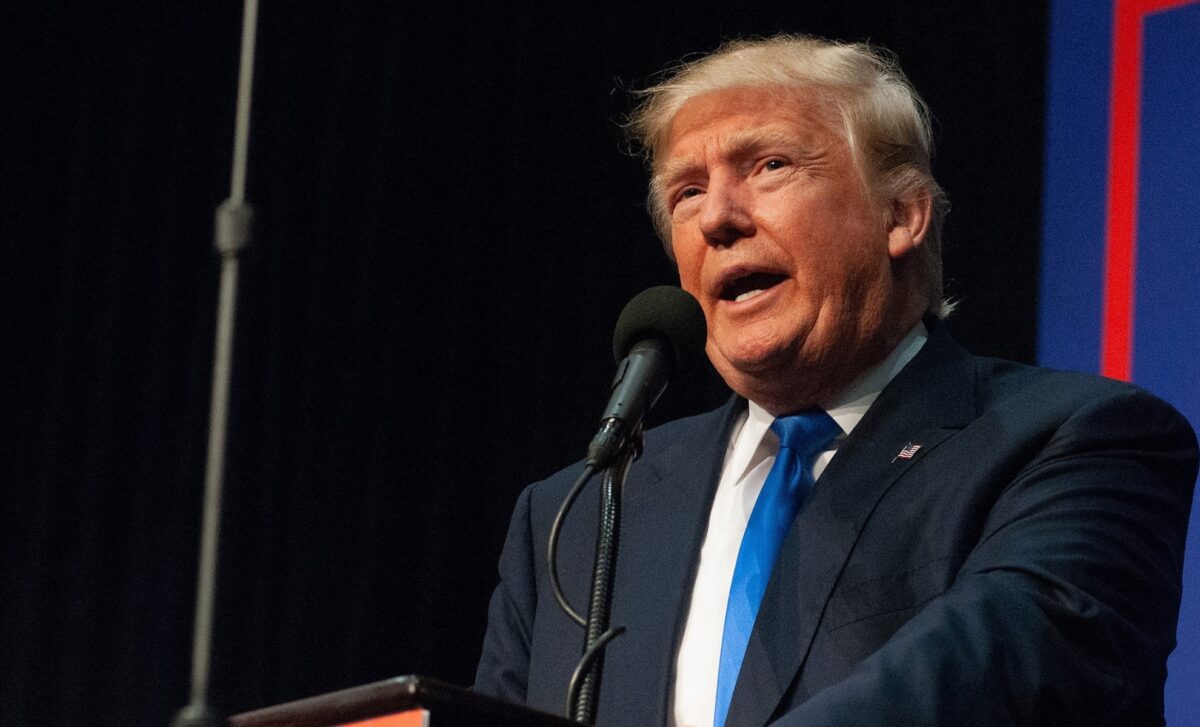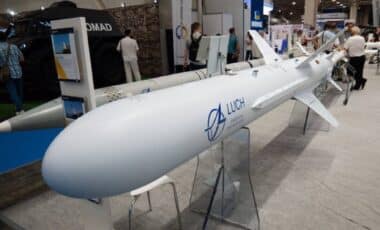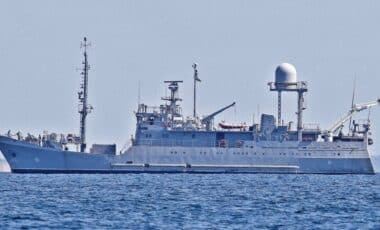President Donald Trump confirmed that the United States has launched airstrikes against key Iranian nuclear sites, marking the first direct military action by the U.S. against Iran. According to Trump, the Fordo, Natanz, and Isfahan facilities were “completely and totally obliterated” in the strikes, which also involved U.S. Navy submarines launching 30 Tomahawk missiles. This action escalates tensions between Iran and Israel, a conflict that has been intensifying since mid-June, reports NBC News.
The strikes are seen as a response to growing concerns about Iran’s nuclear enrichment activities, which have been met with increasing international scrutiny. As part of his announcement, Trump warned Iran that further action could follow if peace talks do not commence soon. The military move could have broad implications, both for regional security and global stability, as it risks provoking retaliatory actions from Iran and its allies.
NASA’s Voyager 1 Will Make History in 2026—Reaching a Light-Day From Earth
Escalation of U.S.-Iran Conflict
The airstrikes on Iran’s nuclear sites are the first direct U.S. military intervention in the conflict. According to Trump, the attacks targeted Iran’s most significant nuclear facilities, including the Fordo plant, which is believed to be deeply fortified. These strikes are the result of growing frustrations over Iran’s nuclear ambitions and a broader military confrontation involving Israel. The U.S. military’s involvement represents a major shift in policy, potentially altering the balance of power in the Middle East.
Trump’s announcement also came after a series of escalations between Iran and Israel, culminating in Israeli airstrikes targeting Iranian facilities earlier this month. The U.S. involvement was reportedly coordinated with Israel, with Trump thanking Israeli Prime Minister Benjamin Netanyahu for their collaboration. According to reports, Israel’s actions had already caused significant damage to Iran’s nuclear infrastructure, which may have prompted Trump to act decisively.
Strategic Implications of the Attack
The decision to strike Iran’s nuclear sites carries substantial risks for U.S. and regional security. The Fordo site, one of Iran’s most secure nuclear facilities, is built inside a mountain, making it resistant to most forms of attack. The U.S. used advanced weaponry, including the GBU-57 “bunker buster” bomb, designed to penetrate deeply buried structures. According to reports, several U.S. B-2 stealth bombers were deployed for the mission, highlighting the military’s readiness to execute precision strikes.
While Trump has described the strikes as a success, the full extent of the damage to Iran’s nuclear capabilities has not been independently confirmed. Military officials have refrained from providing specific details on the impact, but experts suggest that if the strikes were less effective, U.S. forces might need to return for additional raids. The attack on Iran’s nuclear infrastructure could set back its nuclear program for years, but it also opens the door for further military action if Iran does not enter negotiations.
Potential Consequences for Global Security
The airstrikes are likely to provoke a range of responses from Iran, with the possibility of retaliatory actions either immediately or over time. Iran has a long history of using asymmetric tactics to strike back against more powerful adversaries, including using proxy forces or conducting missile attacks. According to reports, Iran could target U.S. military bases in the region or disrupt global oil shipping routes, particularly in the Strait of Hormuz, through which a significant portion of the world’s oil passes.
Trump has warned Iran against retaliating, promising a far greater response if American forces are targeted. While Israel has been active in countering Iranian threats in the region, the involvement of the U.S. adds a new layer of complexity to the situation. The possibility of further escalation remains high, particularly as Iran’s leadership views the current conflict as an existential threat.








